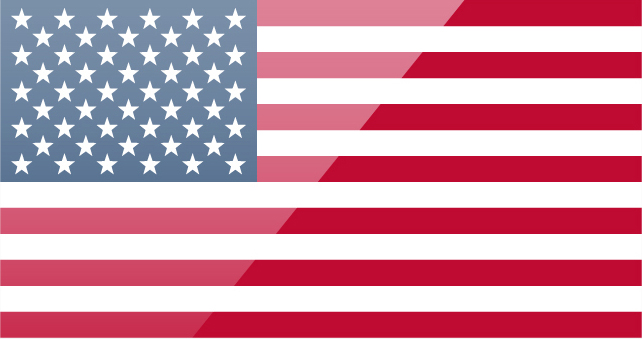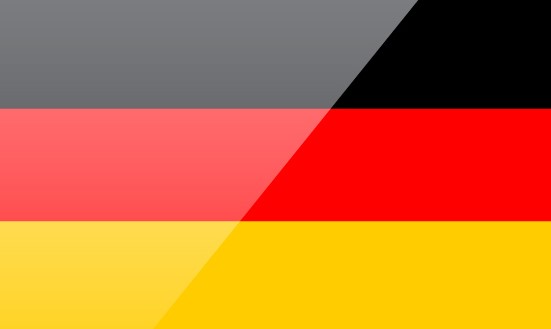2012-Oct-08
Chromium-free technologies open up manifold opportunities
Two chromium-free processes from Frankfurt-based Chemetall GmbH, Gardobond® X 4707 and Oxsilan® AL 0510, were selected for the comparison of chromating vs. alternative technologies. Both are established processes that have been used in many plants around the world for several years already. Gardobond X 4707 is based on zirconium and titanium as coating components and was developed specifically for the treatment of aluminum. A totally new approach was made with Oxsilan, a technology suited for all conventional metals such as steel, stainless steel and aluminum.
Downsides of chromating
The main disadvantage of yellow and green chromating lies in the toxicity of the metal salts used. According to the GHS Regulation, the chromium concentrates used are classified as acutely toxic, hazardous for the environment, caustic, flammable and as an aspiration hazard.
Especially the significant differences regarding the hazardousness have a strong impact on the economic viability of the processes. Neutralizing, precipitating, separating and disposal of the chromium-contaminated water accounts for a major part of the overall process costs. Add to this the high costs for disposal as well as for regular analyses and controls by the environmental protection authorities.
Higher drying temperatures allow for higher productivity
The eco-friendly technologies are able to withstand high drying temperatures. They allow for higher cycle times and materially reduce the risk of gas emissions after coating. Particularly in the case of aluminum sections using a polyamide plastic as a thermal barrier, the high temperatures can contribute to avoiding gas emissions during powder or wet painting. Also annealing, e.g. of cast iron or hot-dip galvanized parts, can be performed directly in the adhesive water dryer after pretreatment.
Comparison of the drying temperatures
Chromating: 80 °C
Gardobond® X4707:
- no-rinse process: 120 °C
- rinse process: 250 °C
Oxsilan® AL 0510: 250 °C
All technologies offer excellent corrosion protection
In terms of corrosion protection, all four technologies are beyond reproach. The GSB and Qualicoat standards for aluminum are fulfilled by the chromating processes in the same way as by the two chromium-free alternatives presented. Microprobe analyses of the cross-sections of substrates treated with Gardobond and Oxsilan show highly homogeneous cohesive coatings on the metal. They exhibit a uniform coating thickness across the complete surface regardless of edges or other surface irregularities. On galvanized steel, Oxsilan affords similar corrosion protection values as a chromating technology.
On steel, Oxsilan opens up completely new application opportunities. Chromating and conventional chromium-free processes are not suited for steel or yield poor corrosion protection values. When using adequate paint systems, the Oxsilan technology, by contrast, affords a corrosion protection of > 1000 h neutral salt spray testing on steel and galvanized steel. In this context, it makes no difference at which shares aluminum, galvanized steel or steel are pretreated. Multi-metal operation is possible.
Alternative processes are well-established worldwide
Economic viability, process reliability, quality, long service life and reliable delivery are vital criteria in a highly competitive marketplace. Over the years, eco-friendly processes have been continually optimized and now represent a viable alternative to the chromating technologies. Already 15 years ago, Chemetall launched the Gardobond X 4707 process. Today, this process is used in more than 50 plants in the wheel and household appliance industry worldwide, in the same way as for the treatment of aluminum sections and sheets for construction applications. Also the Oxsilan technology is already used at over 300 companies around the world, among them more than 50 from the automotive industry. Meanwhile, Daimler, Opel, PSA, Renault and Hyundai have converted their component or car body pretreatment lines in different plants to the eco-friendly technology. The robust Oxsilan technology suited for multi-metal treatment will leverage new potential in many companies. Commercial-scale applications have shown that the conversion also pays off in economic terms. This is demonstrated in a comparison of mean values. The sometimes drastically higher costs for the disposal of the process chemicals in the case of chromating is set to have an even stronger effect in the years to come as even optimists do not expect prices to decline in this field.














